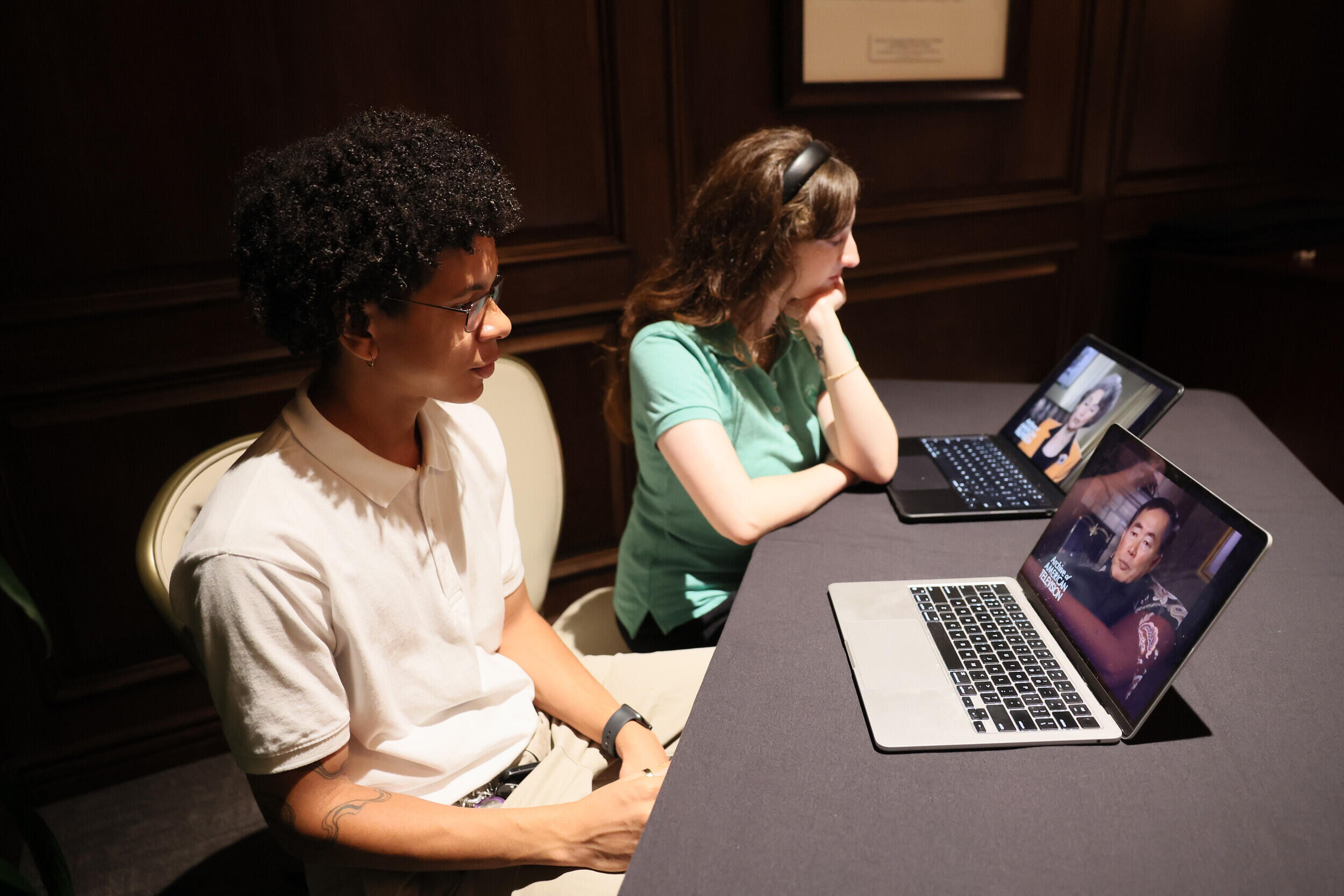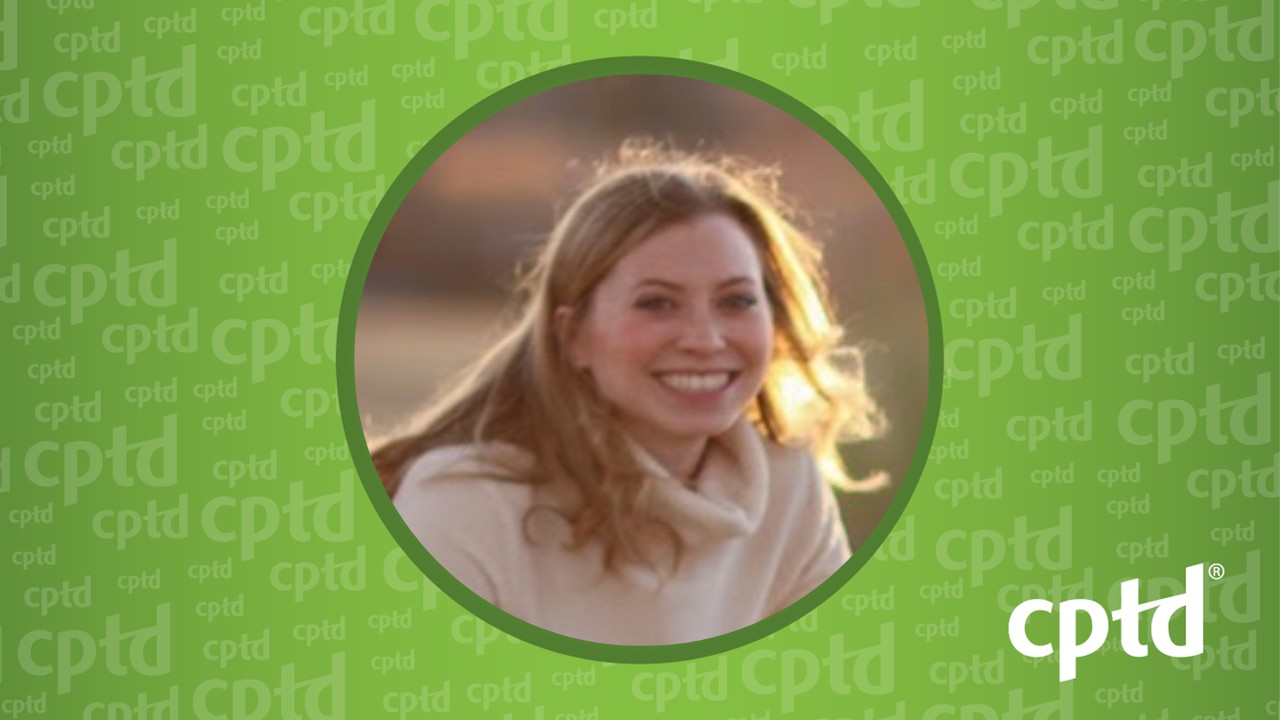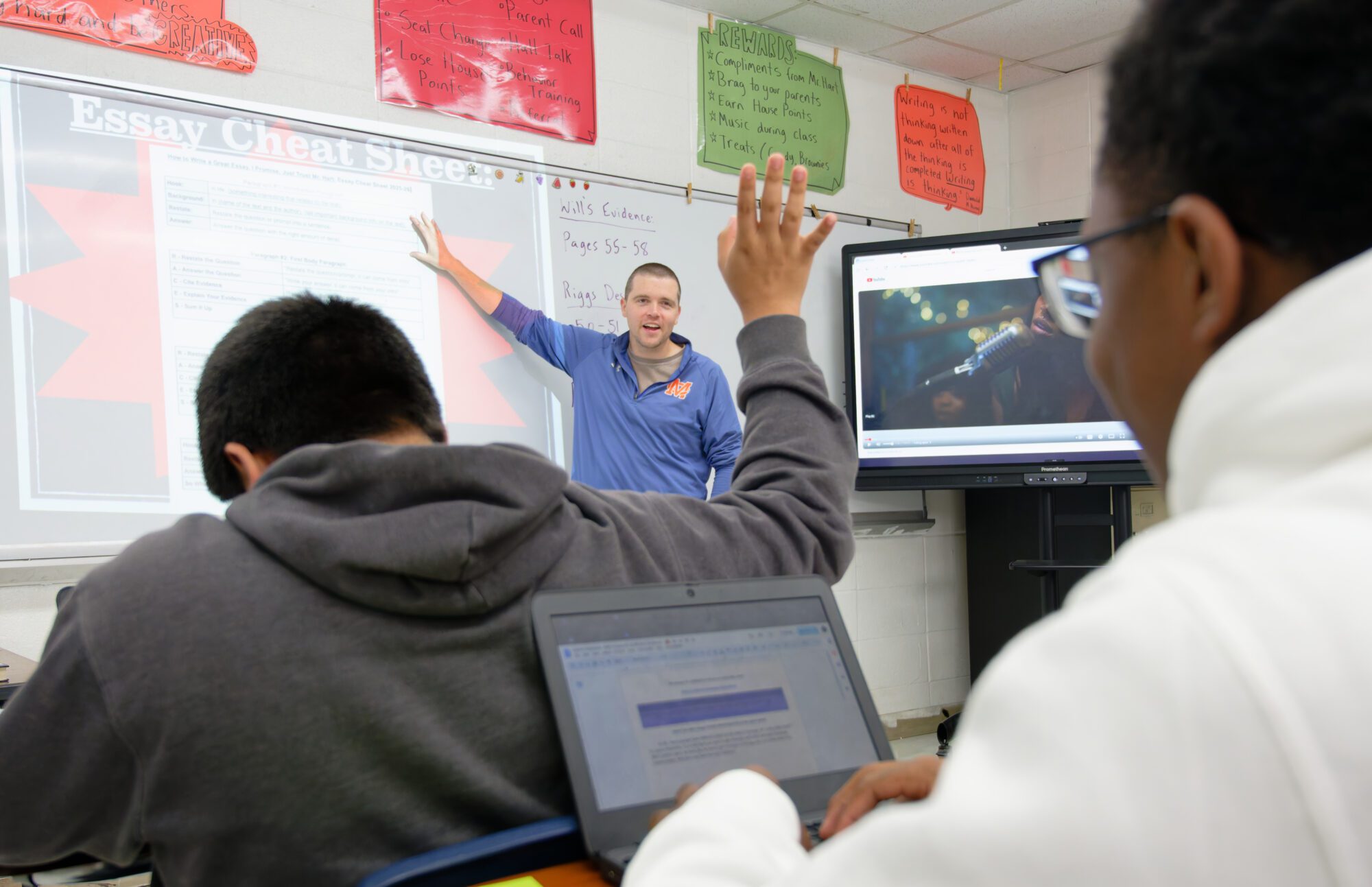Report on a Community Initiative Supporting Educational Access and Sustainable Development Goals
Event Overview
The University of Akron’s Office of Student Financial Aid has scheduled its annual Free Application for Federal Student Aid (FAFSA) Help Day. This initiative is designed to provide direct, hands-on assistance to students and their families in completing the FAFSA application, a critical step in securing funding for tertiary education. The event is open to the public, including incoming freshmen and continuing students from all counties, irrespective of their current or intended institutional enrollment.
Contribution to SDG 4: Quality Education
This initiative directly supports the United Nations Sustainable Development Goal 4, which aims to ensure inclusive and equitable quality education and promote lifelong learning opportunities for all. The event’s contribution is multifaceted:
- Enhancing Access to Tertiary Education: By simplifying the financial aid application process, the event directly addresses Target 4.3, which seeks to ensure equal access for all to affordable and quality technical, vocational, and tertiary education.
- Removing Financial Barriers: The assistance provided helps students unlock access to federal aid, making higher education more financially viable and thereby promoting inclusivity.
- Supporting Lifelong Learning: The service is available to both new and continuing students, reinforcing the principle of ongoing educational opportunities.
Impact on SDG 1 (No Poverty) and SDG 10 (Reduced Inequalities)
The FAFSA Help Day serves as a crucial tool in advancing SDG 1 (No Poverty) and SDG 10 (Reduced Inequalities) by tackling the economic barriers associated with higher education.
- Poverty Reduction: Facilitating access to university education is a proven pathway to economic empowerment and poverty alleviation. Higher educational attainment is strongly correlated with increased earning potential, contributing to the goals of SDG 1.
- Reducing Inequality: The event promotes the objective of Target 10.2, which is to empower and promote the social and economic inclusion of all. By offering free, expert assistance to anyone regardless of their background, the initiative works to level the playing field for educational access.
Supporting SDG 8: Decent Work and Economic Growth
By enabling students to pursue higher education, this program contributes to SDG 8 (Decent Work and Economic Growth). A more educated populace is essential for a skilled workforce and sustainable economic development.
- Developing a Skilled Workforce: The initiative is a foundational step in helping individuals acquire the advanced knowledge and skills necessary for the jobs of the future.
- Youth Engagement: It directly supports Target 8.6, which aims to substantially reduce the proportion of youth not in employment, education, or training (NEET) by clearing a significant hurdle to post-secondary enrollment.
Logistical Details and Participant Information
The following logistical details have been confirmed for the event:
- Date: November 16
- Time: Noon to 4 p.m.
- Location: Room 204, Simmons Hall, 277 E. Buchtel Ave.
- Audience: Open to all students and families. Walk-ins are welcome.
- Resources: Computers will be available on-site. Attendees may also bring personal laptops. Light refreshments will be provided.
- Registration: While not mandatory, registration is preferred and can be completed at bit.ly/48kLOeX.
- Further Information: For additional support, the customer service center can be reached at 330-972-7032 or via email at ac49@uakron.edu.
Analysis of the Article in Relation to Sustainable Development Goals
1. Which SDGs are addressed or connected to the issues highlighted in the article?
-
SDG 4: Quality Education
The article directly relates to SDG 4 by focusing on facilitating access to tertiary education. The “Free Application for Federal Student Aid (FAFSA) Help Day” organized by the University of Akron is an initiative designed to help students overcome financial barriers to higher education, which is a core component of ensuring inclusive and equitable quality education.
-
SDG 10: Reduced Inequalities
The event addresses SDG 10 by promoting equal opportunity. The FAFSA process can be complex, creating a barrier for students from families with less experience in navigating the higher education system, particularly those from lower-income backgrounds. By offering free, hands-on assistance to all students, including those not enrolled at the university, the initiative helps to level the playing field and reduce inequalities in access to educational opportunities.
-
SDG 1: No Poverty
This goal is indirectly connected. Access to higher education is a critical pathway out of poverty. By assisting students in securing financial aid, the university is helping to make education more attainable. This, in turn, can lead to better employment opportunities and long-term economic stability for individuals and their families, contributing to the broader goal of poverty eradication.
2. What specific targets under those SDGs can be identified based on the article’s content?
-
Target 4.3: Ensure equal access for all women and men to affordable and quality technical, vocational and tertiary education, including university.
The article’s central theme is the FAFSA Help Day, an event explicitly designed to help students access federal financial aid. This aid is crucial for making tertiary education “affordable.” The event is open to “incoming freshmen and continuing students from all counties,” which directly supports the principle of “equal access for all.”
-
Target 4.b: Substantially expand globally the number of scholarships available… for enrolment in higher education.
While the article focuses on U.S. federal aid rather than global scholarships, the principle is the same: expanding financial assistance to enable enrollment in higher education. The FAFSA is the gateway application for various forms of aid, including federal grants (which are similar to scholarships). The event’s purpose is to increase the number of students who successfully apply for and receive this financial assistance.
-
Target 10.2: Empower and promote the social, economic and political inclusion of all, irrespective of… economic or other status.
By providing free assistance, the initiative aims to include students who might otherwise be excluded from higher education due to economic status or lack of informational resources. It empowers them to navigate a critical step towards social and economic mobility.
3. Are there any indicators mentioned or implied in the article that can be used to measure progress towards the identified targets?
The article does not provide explicit statistical data, but it implies several indicators that could be used to measure the impact of such an initiative:
-
Number of participants assisted
The article invites students and families to an event where they will “receive hands-on assistance.” A direct indicator of the initiative’s reach would be the total number of individuals who attend and receive help, which measures progress in providing access to support services (related to Target 4.3).
-
Number of FAFSA applications completed
The primary goal of the event is “completing the FAFSA application.” Therefore, a key performance indicator would be the number of applications successfully filled out and submitted during the event. This would be a direct measure of facilitating access to financial aid (related to Targets 4.3 and 4.b).
-
Geographic and institutional diversity of participants
The article explicitly states that “Students do not need to be enrolled at The University of Akron to attend” and that students “from all counties are invited.” This implies an indicator related to the breadth of the outreach. Tracking the number of participants from different high schools, counties, and socioeconomic backgrounds would measure the success in promoting inclusion and reducing inequality (related to Target 10.2).
SDGs, Targets, and Indicators Table
| SDGs | Targets | Indicators (Implied from the article) |
|---|---|---|
| SDG 4: Quality Education | Target 4.3: By 2030, ensure equal access for all women and men to affordable and quality technical, vocational and tertiary education, including university. | Number of students and families attending the FAFSA Help Day to receive assistance. |
| Target 4.b: By 2020, substantially expand globally the number of scholarships available… for enrolment in higher education. | Number of FAFSA applications successfully completed, which is the gateway to federal grants and other financial aid. | |
| SDG 10: Reduced Inequalities | Target 10.2: By 2030, empower and promote the social, economic and political inclusion of all, irrespective of… economic or other status. | Diversity of participants, as the event is open to students from “all counties” and not restricted to those enrolled at the host university. |
| SDG 1: No Poverty | Target 1.4: By 2030, ensure that all men and women, in particular the poor and the vulnerable, have equal rights to… access to basic services… and financial services. | The provision of free assistance to access financial aid for education, a key service for economic mobility for vulnerable populations. |
Source: clevelandjewishnews.com







